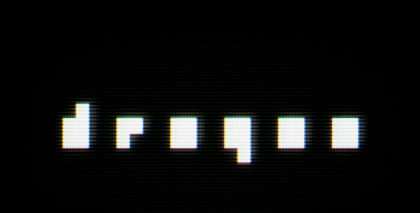The way each of these fifteen properties blend into one another is beautiful, in following themselves. There are echoes between the properties, a non-separateness, an ambiguity as to where one ends and another begins.
Not-separateness relies on deep interlock and ambiguity, which in turn describes the nature of boundaries: those boundaries must have a roughness to them, but also contrast. The center should have echoes of things outside. . .
repeating but not repeating.
Not-separateness relies on deep interlock and ambiguity, which in turn describes the nature of boundaries: those boundaries must have a roughness to them, but also contrast. The center should have echoes of things outside. . .
repeating but not repeating.
